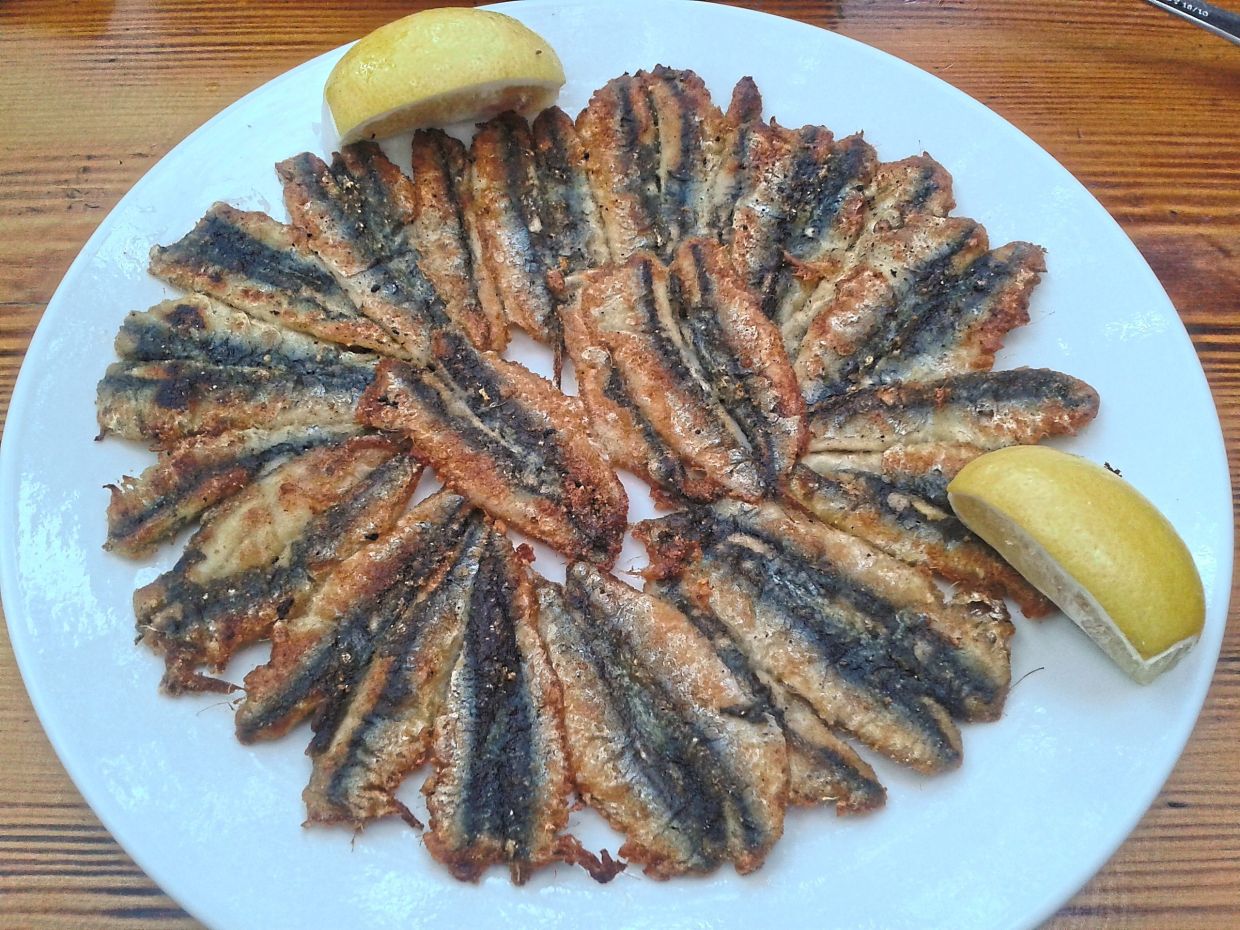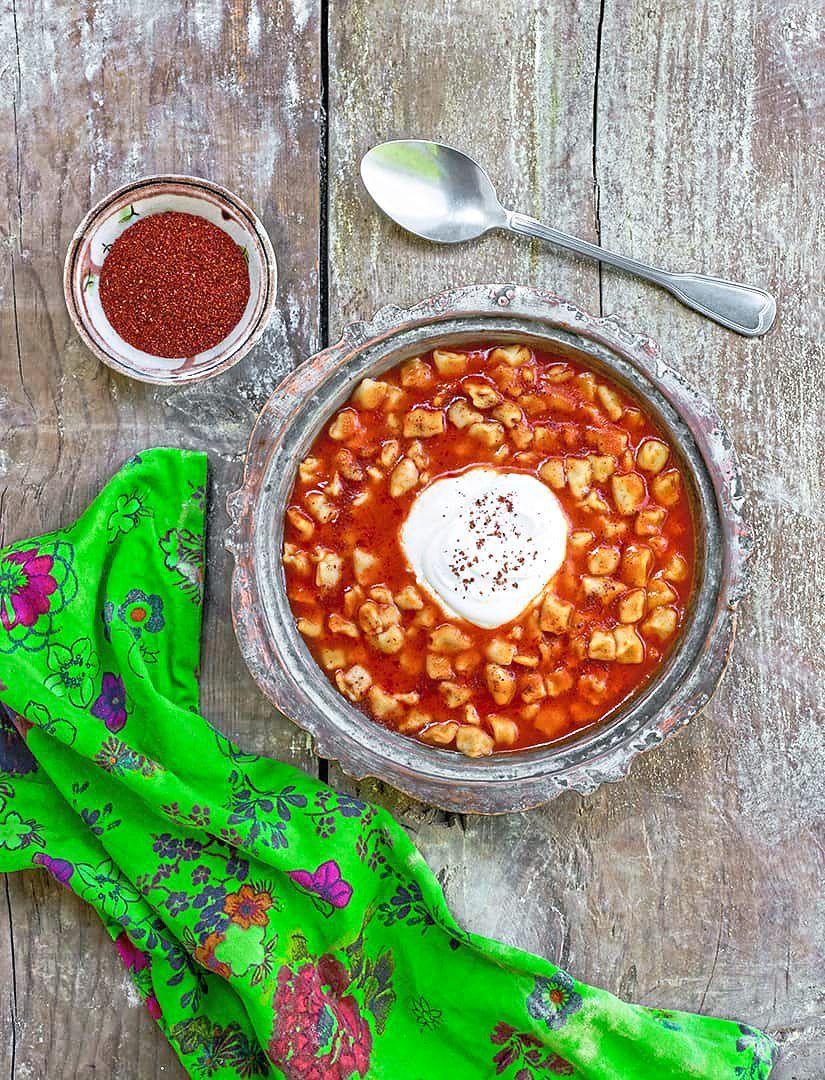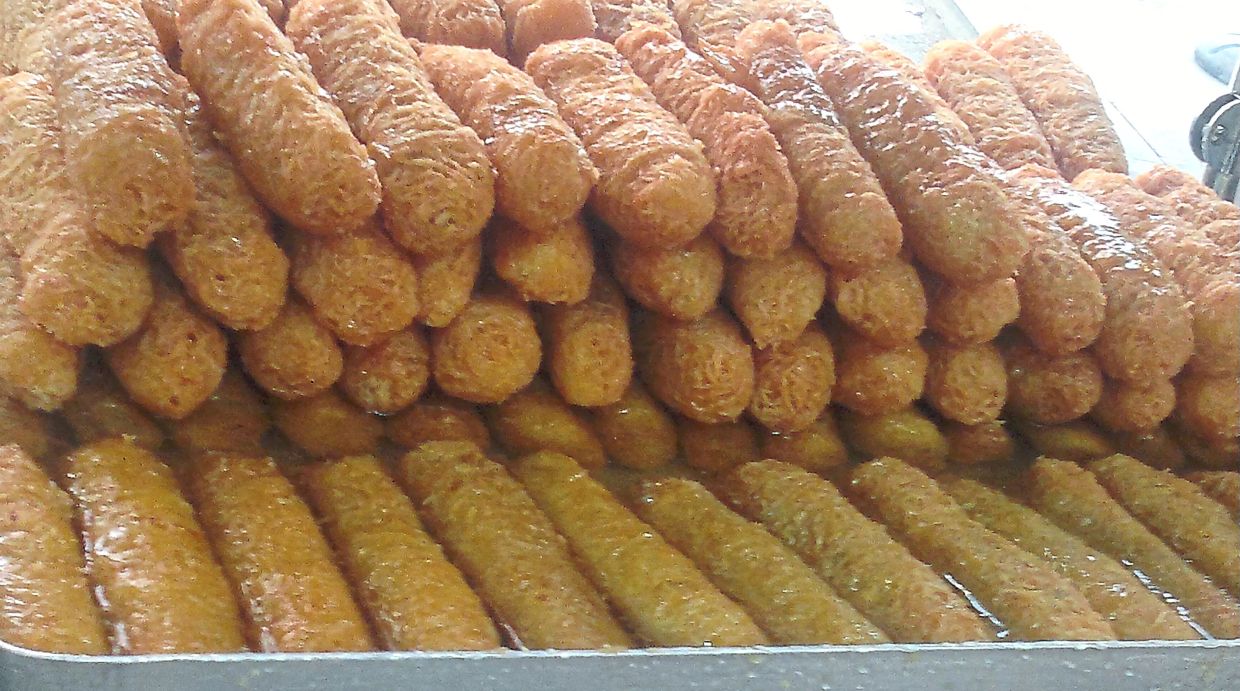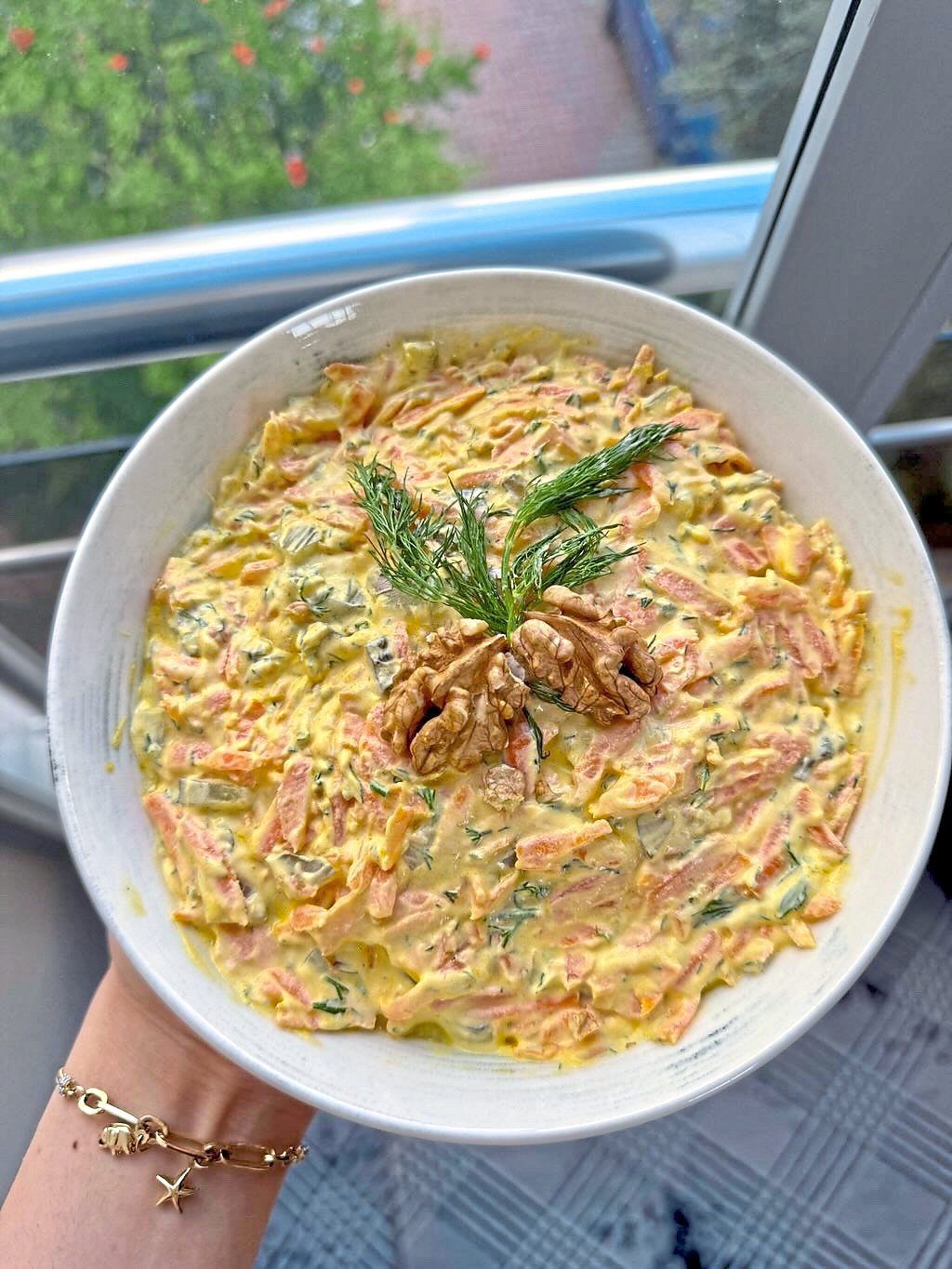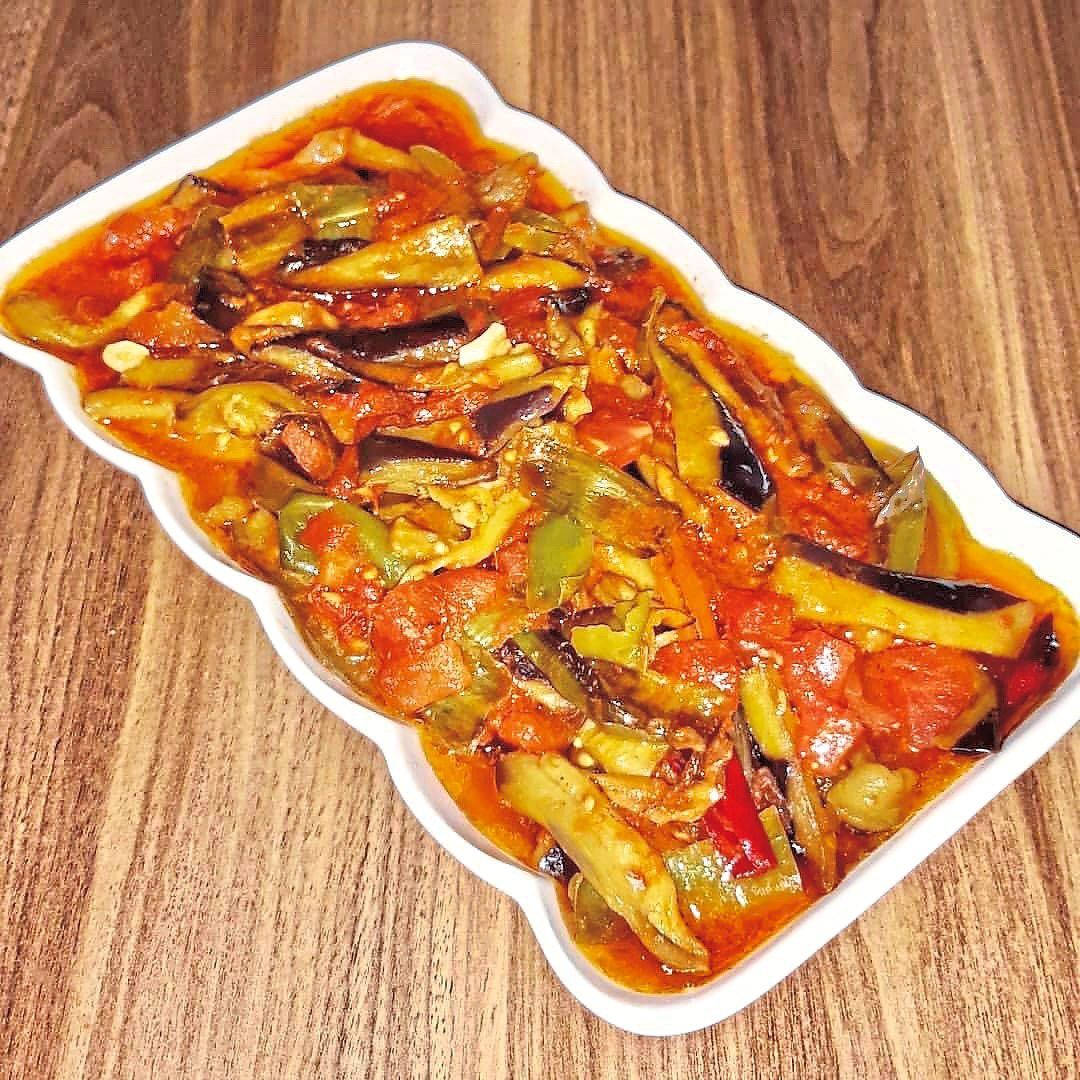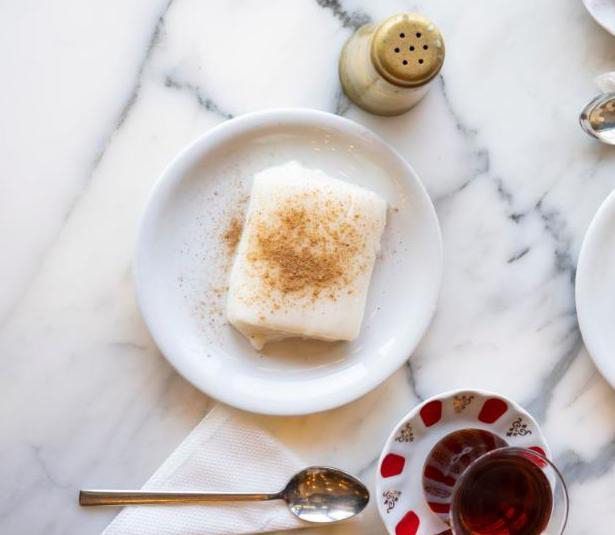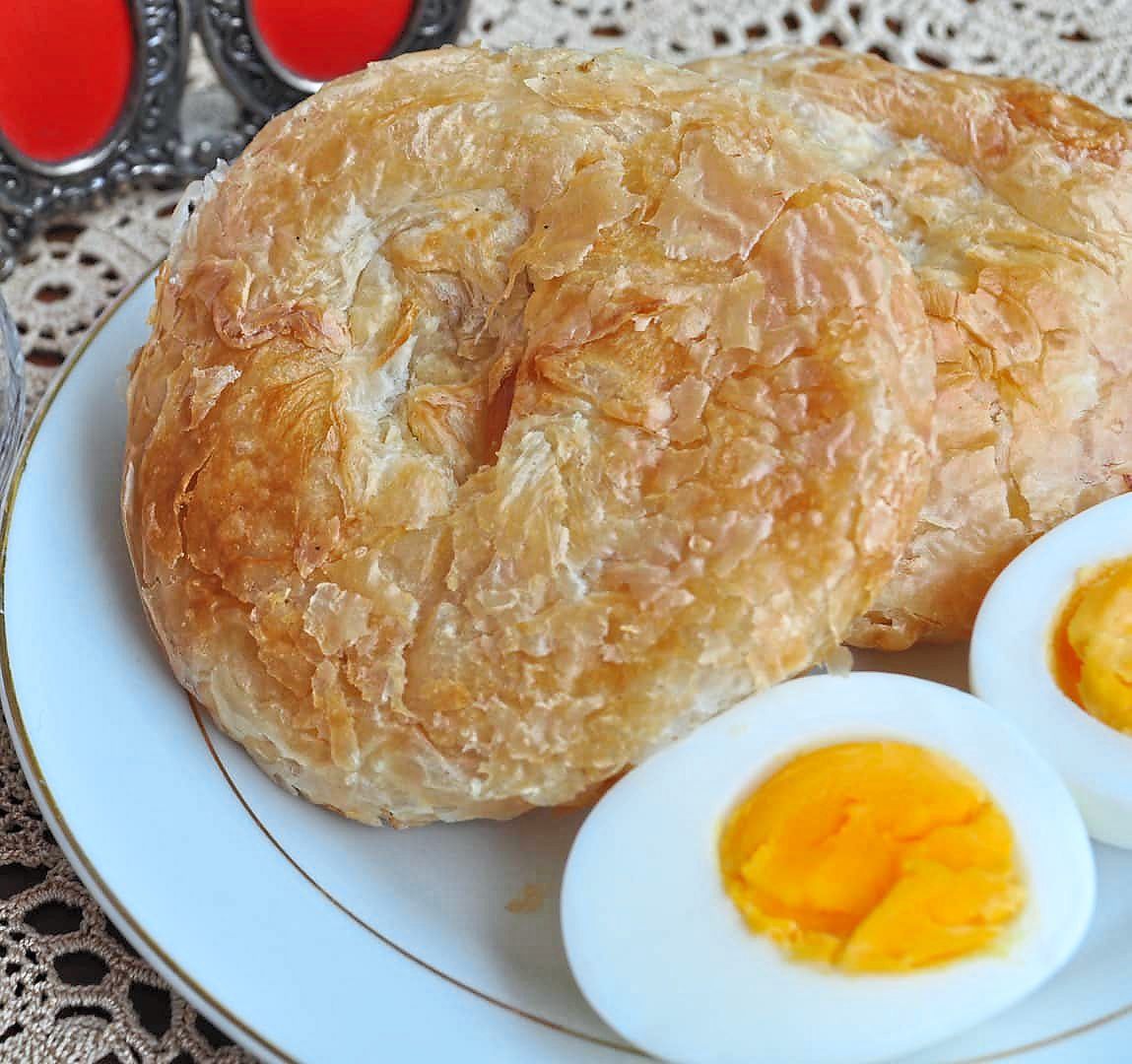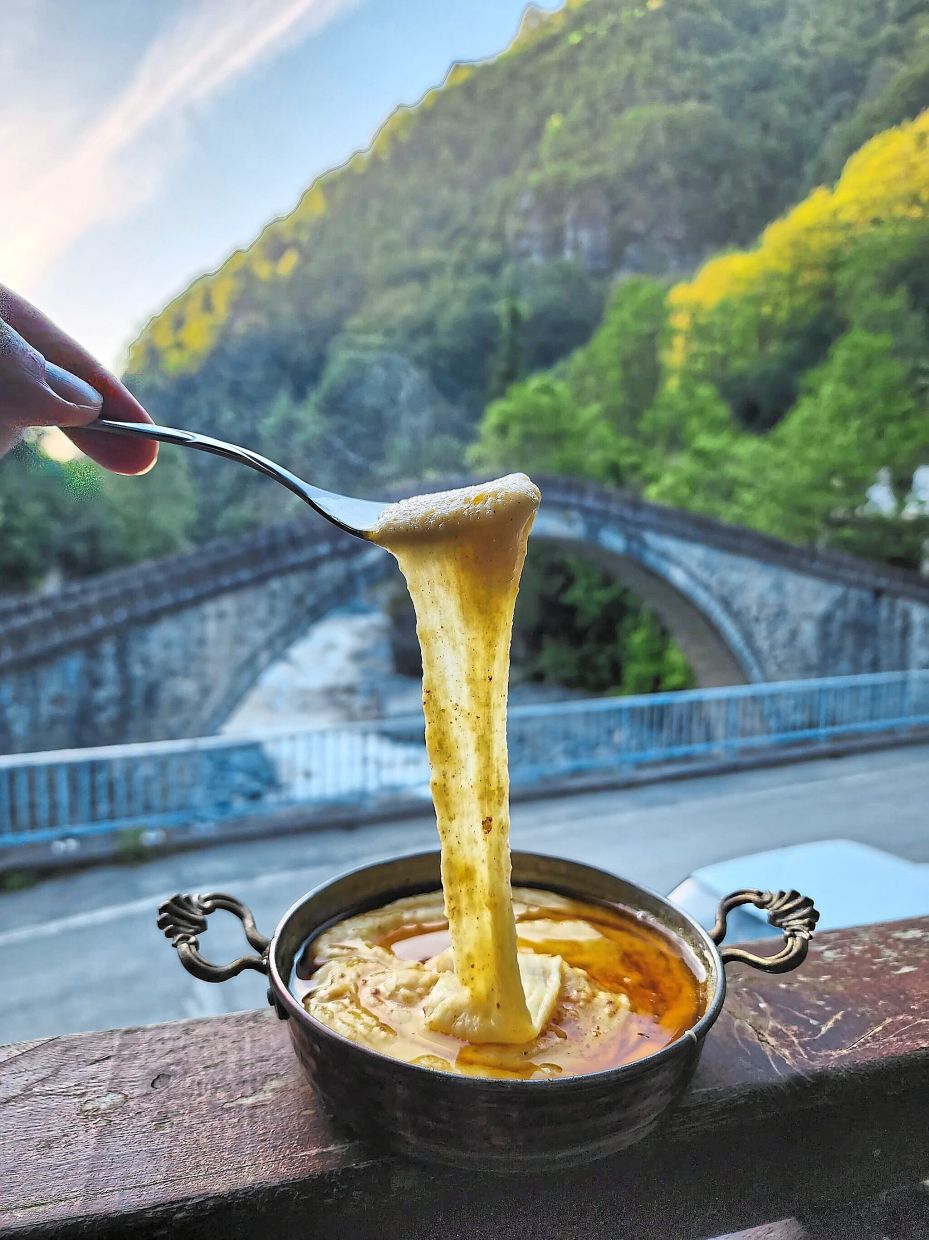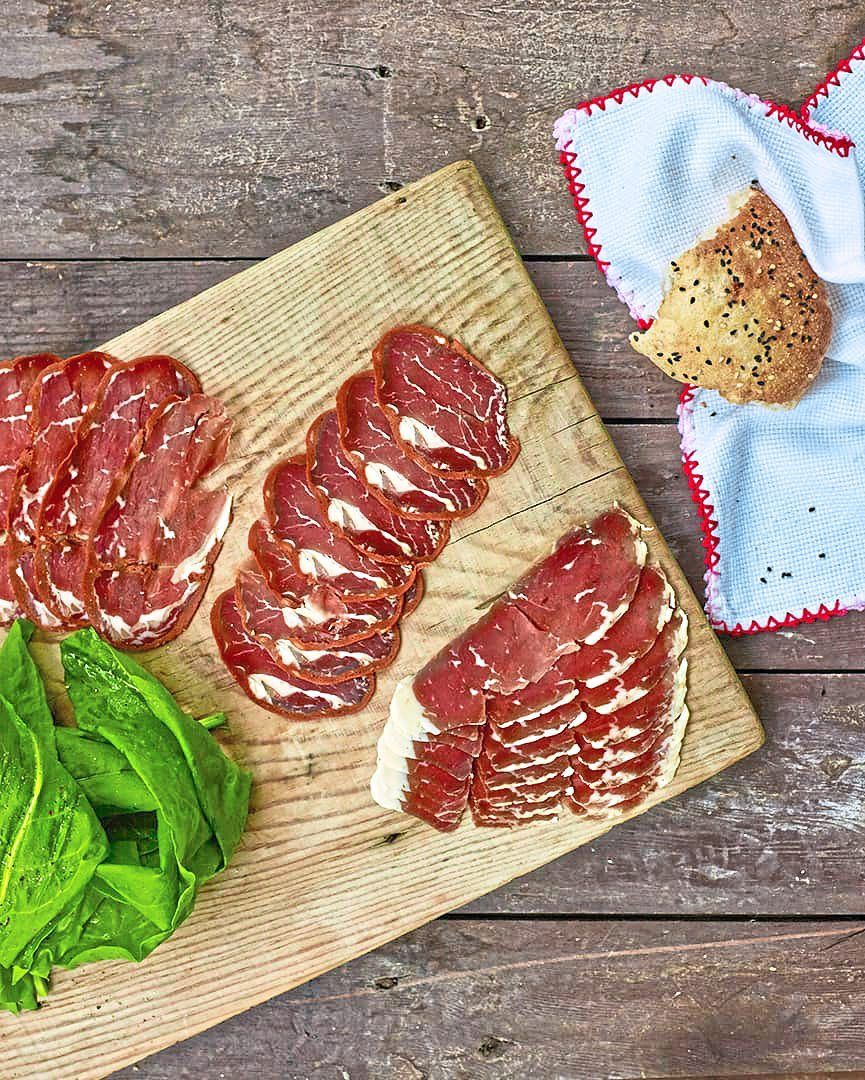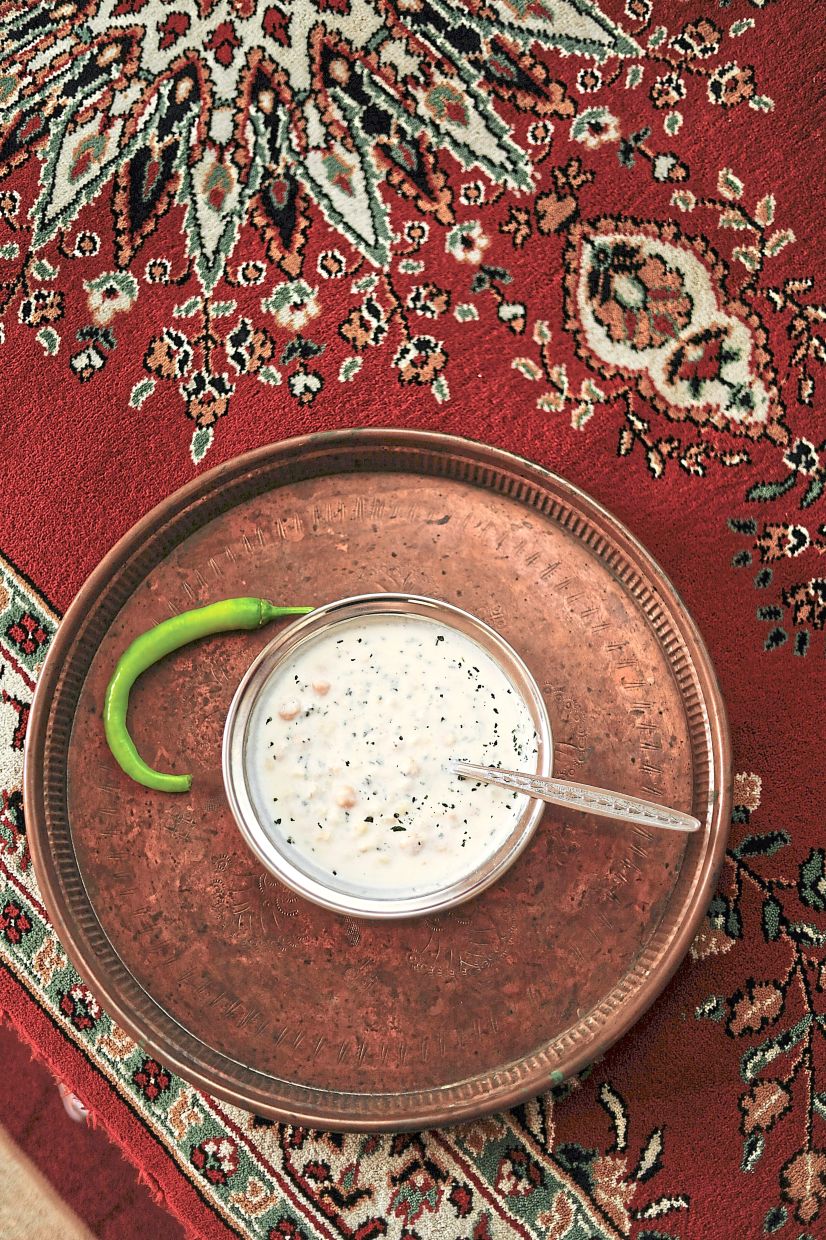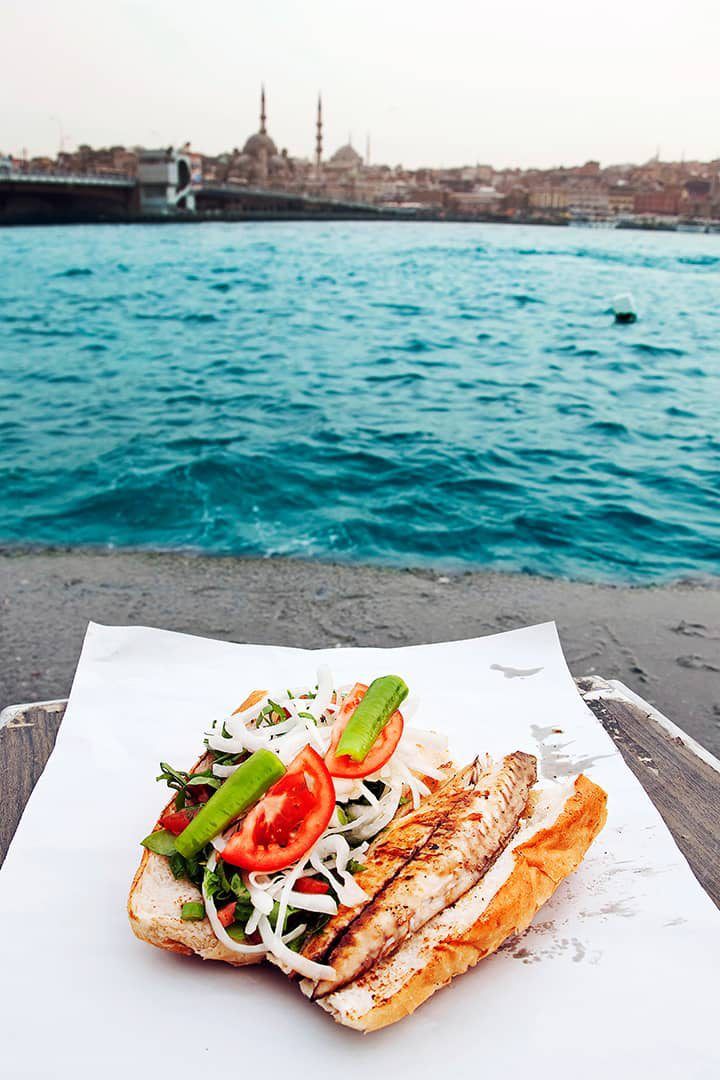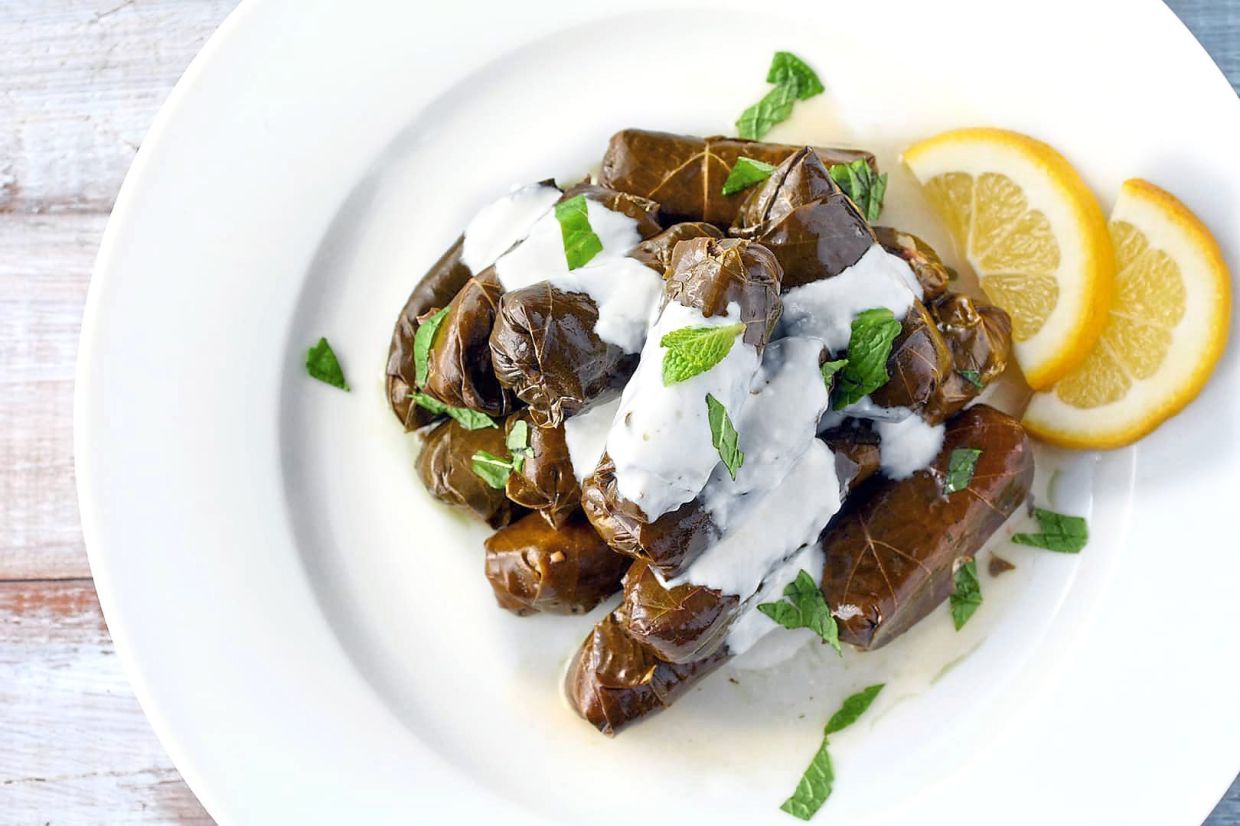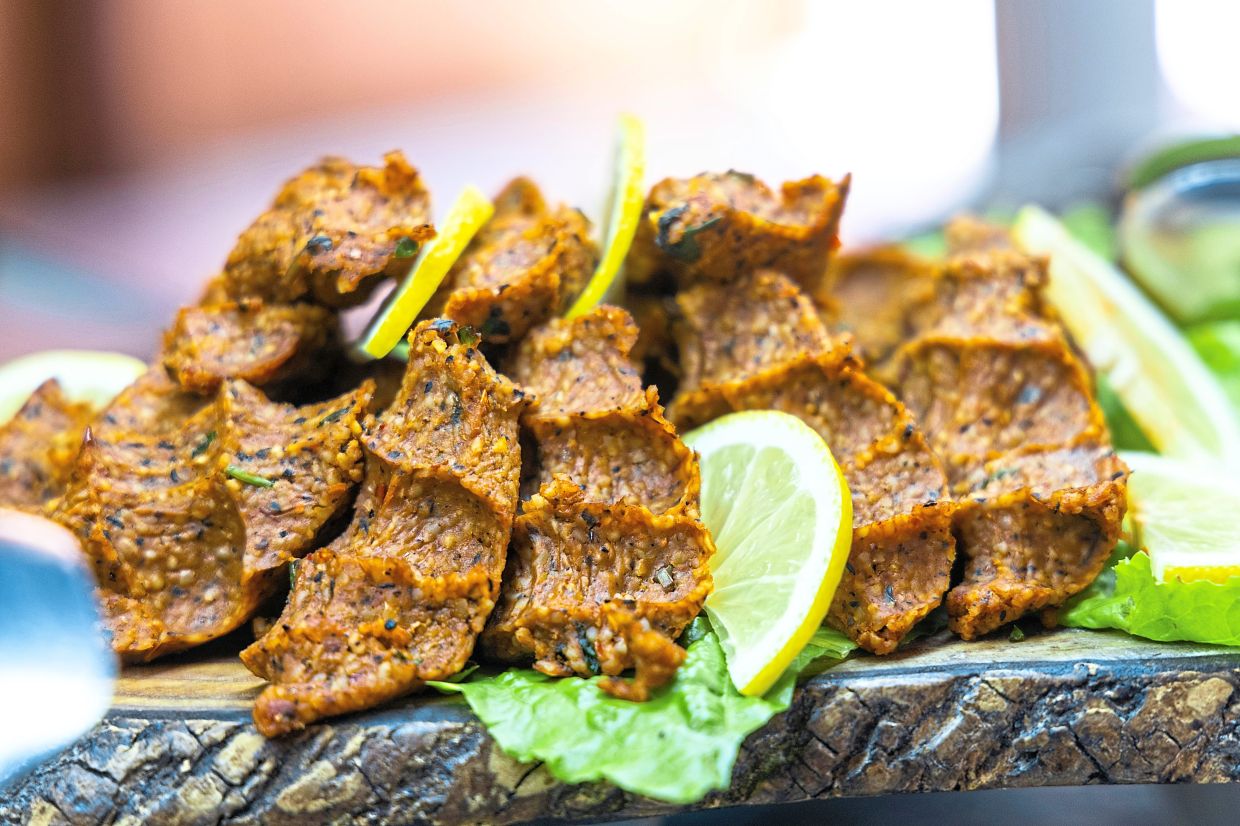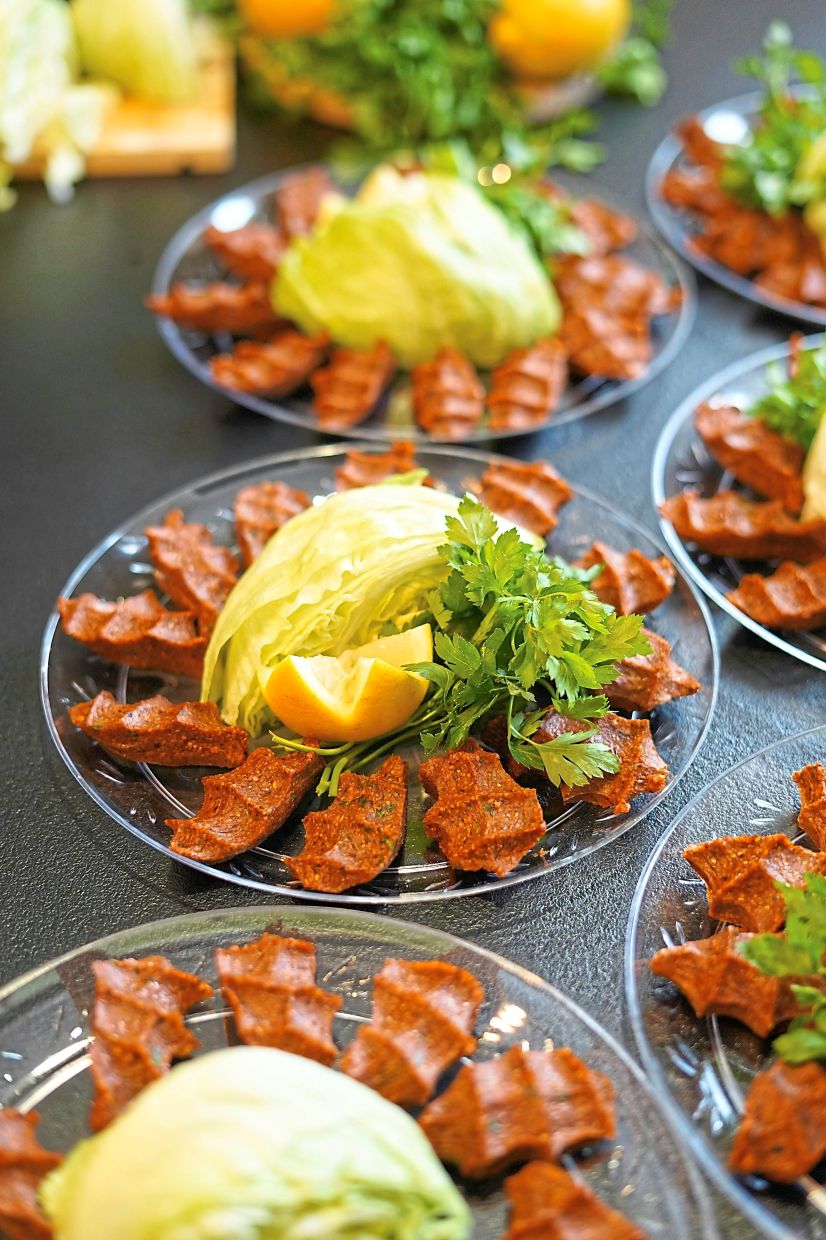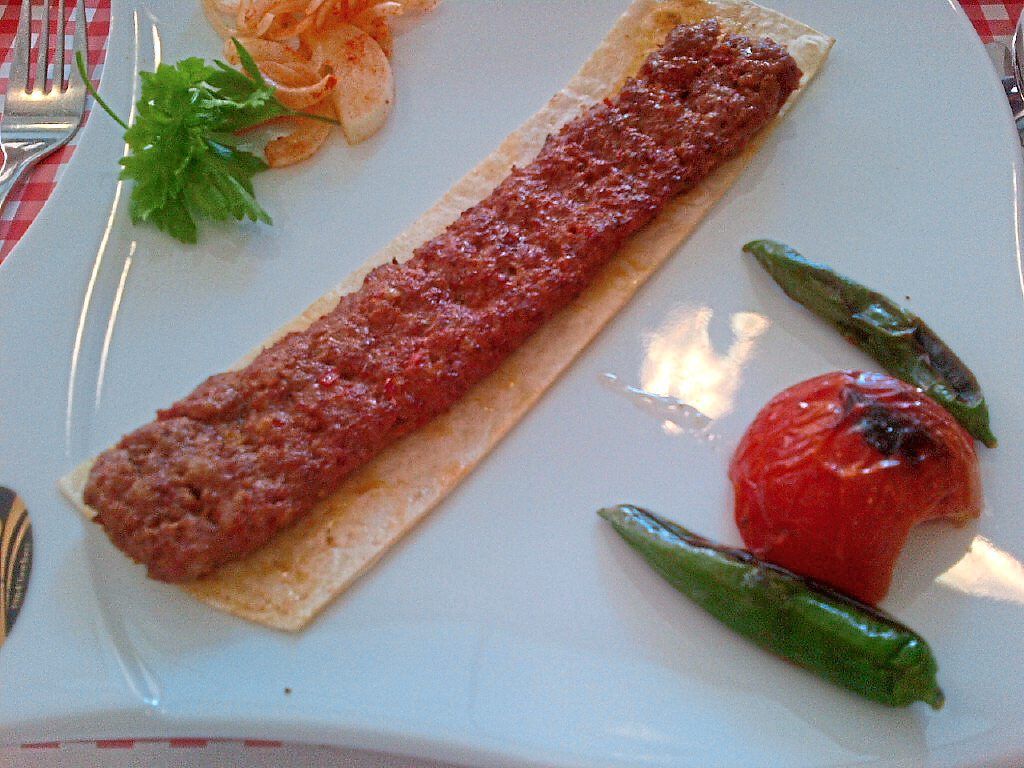Tavuk gogsu (Marmara region). — Go Turkiye
An excavation led to the surprising discovery of a rare “artefact” in Turkiye’s Central Anatolia last year.
Buried deep beneath the ground of an ancient settlement was a 5,000-year-old bread, with its shape still preserved because it was “burnt and buried”, according to the team of archaeologists who unearthed it.
This archaeological find, now displayed at the Eskisehir Eti Archaeological Museum, has inspired a local bakery to reproduce it using Kavilca wheat – since the ancient emmer flour used in the original recipe no longer exists in the country.
We’re not saying you should travel to Turkiye to eat a modern reproduction of a centuries-old bread, though there’s really nothing stopping you from doing so. After all, Malaysian tourists are allowed visa-free travel to Turkiye for up to 90 days. And a direct flight to its largest city, Istanbul, only takes less than 11 hours from Kuala Lumpur.
But while in Turkiye, why not also take the chance to savour its traditional fares? Straddling Asia and Europe, the transcontinental country’s unique location has produced a varied offering of local cuisines spread across its seven regions.
Here we list 14 regional delicacies you’d want to have a taste of. Then, before catching your flight back to Malaysia, wrap up your culinary journey with a bite (or two) of Turkish delight, a fragrant jelly confection that is one of Istanbul’s sweetest treats.
Black Sea
Cheese fondue is probably not the first thing that comes to mind when you think of early morning sustenance. But in the Black Sea region of Turkiye, it definitely is a breakfast staple.
Called kuymak, this savoury gooey dish is a must-try, especially when you’re in Trabzon. In 2024, the Turkish Patent and Trademark Office granted Trabzon’s kuymak a Geographical Indication (GI) certificate, which vouches for the quality and authenticity of traditional Turkish foods from specific areas. So, you know you’re getting the real deal here.
Made with melted cheese, butter and cornmeal, it is served warm (usually in a copper pan) and eaten with bread.
Another Trabzon must-try is the hamsi tava, a dish of pan-fried anchovies often served with lemon wedges.
The little fish is king among the seafood in the region. So prevalent is the anchovy or hamsi that you can even partake in festivals thrown in its honour, like the Sinop Black Sea Hamsi Festival and the Alanya Traditional Anchovy Festival.
Central Anatolia
Size does matter when it comes to Kayseri mantisi. That is, the smaller the better!
Purportedly, each of the boiled manti (dumpling) in this GI-certified traditional dish from Central Anatolia must be so small that 40 of them can fit on a single spoon. (But it’s okay if they don’t.)
Named after the Kayseri province that this particular iteration hails from, Kayseri mantisi is stuffed with minced meat and served in tomato paste sauce topped with yoghurt. A sprinkling of sumac (a tangy spice) and dried mint completes the toppings.
If you venture elsewhere in Turkiye, you will find other manti variations. Some are fried, some baked, and some steamed.
Also GI-certified is the Kayseri pastirma, which is a type of cured meat that Kayseri is renowned for. To make it, beef is salted, air-dried and cured with cemen, a paste made from fenugreek seeds and other spices.
Typically served thinly sliced, you can enjoy the pastirma on its own, pair it with eggs or bread, or even mix it into stews.
Eastern Anatolia
As kadayif dolmasi is a specialty of the Erzurum province in the Eastern Anatolia region, this crispy dessert is also one with a GI certification.
To make it, thin shreds of filo pastry dough are flattened and filled with nuts, like walnuts or pistachios. These are shaped into elongated rolls, which are then coated in beaten eggs and fried.
When done perfectly, you can hear quite the satisfying crunch when you bite into a kadayif dolmasi, even when it’s served soaking in lemon-flavoured sugar syrup and topped with kaymak (clotted cream).
Over in the Van province, you can enjoy a delicacy that requires less chewing and more slurping. Ayran asi, as the name states, is a cold soup made of ayran, a yoghurt-based drink. It is cooked with egg and flour, with chopped zucchini, evelik and finely chopped coriander added to it. Wheat and chickpeas may also be added.
Southeastern Anatolia
With a name that translates to “raw meatball”, you might hesitate to try a cig kofte.
But this Southeastern Anatolia speciality is usually vegan now, despite its name. It also has a curious non-ball shape that’s achieved by rolling it into a log and simply using fingers to create the indentations.
Its traditional recipe calls for uncooked ground beef or lamb, kneaded vigorously with bulgur (cracked wheat), tomato paste, herbs and spices until the meat is essentially “cooked”. The modern version retains the same recipe, just minus any meat.
You can still seek out the traditional version by going to smaller, usually family-run restaurants that prepare cig kofte fresh.
For a dish that won’t have you doubting the existence of meat in it, go for the Urfa kebab. This skewered meat from the city of Urfa is just as popular as its Adana counterpart, with the difference being the Urfa version is less spicy than the latter city’s iteration.
It still has a mild kick to it, plus a hint of chocolatey taste, thanks to the Urfa biber aka Isot pepper used to season the ground meat, which can be either beef or lamb or both.
Mediterranean
In Turkiye, you don’t dip cucumbers in guacamole, you dip them in havuc tarator.
If you’re a fan of yoghurt, you are going to love this refreshing yoghurt salad from the Mediterranean region. It is essentially made of grated carrots sauteed in olive oil, then mixed with thick yoghurt.
Here, yoghurt is not just a healthy breakfast option, it is enjoyed at any time of the day, whether as an appetiser (mezze in Turkish) or as a spread with bread, for instance.
Speaking of healthy food, the Mediterranean, which is one of Turkiye’s prominent grape cultivation regions, is also home to another special dish – one that is made with fresh vine leaves.
Yaprak sarma is a vegetarian delicacy of stuffed grape leaves. The leaves are rolled and typically filled with rice, along with a fragrant mix of herbs and spices.
You can also see different variations of this dish in other regions, where some use cabbage leaves instead of vine leaves and include wheat or meat fillings.
Aegean
Summer is the season when vegetables are in abundance throughout Aegean, so a visit here means that you must give the region’s vegetable dish – patlican cigirtma – a try.
Eggplant fried in olive oil with green peppers, garlic and tomatoes – patlican cigirtma is an Aegean speciality that is packed full of flavour.
This sauteed eggplant dish can stand as a main course or be served as a side dish, making it perfect for both lunch and dinner.
As for breakfast, there’s no better way to start your day in Aegean than with a warm, freshly baked boyoz.
This traditional Turkish pastry has been a delectable street food for the people of Izmir for centuries.
To truly savour its appetising flaky layers, follow the locals and keep the beloved breakfast simple – pair it with hard-boiled eggs on the side and a steaming glass of tea.
You will find the pastry at cafes and bakeries – with their own twists – in the region. If you’re craving something sweeter, some cafes also offer chocolate-flavoured boyoz.
Marmara
You may be familiar with the creamy dessert that is milk pudding, but have you ever eaten one that contains chicken?
Tavuk gogsu, which translates to “chicken breast”, is exactly that. As peculiar as it may sound, this rich delicacy is a popular dessert in Turkiye’s Marmara region.
You won’t have to worry about any lingering taste of chicken, as it is thoroughly rinsed, boiled and shredded before being mixed with milk, rice flour and sugar to make the pudding.
Typically flavoured with cinnamon, tavuk gogsu is a sweet treat you can find in various eateries in Istanbul.
While in the city, take the chance to stroll down its vibrant streets as well. You’ll soon be greeted by the mouthwatering scent of seafood dishes permeating the air, which will lead you to the region’s favourite sandwich – balik ekmek.
The popular street food typically uses Turkish bread, somun ekmegi, and sandwiched inside is a generous portion of grilled fish, topped with lettuce and onions, among others.
You can enjoy it at the city’s waterfront while taking in the coastal views.



